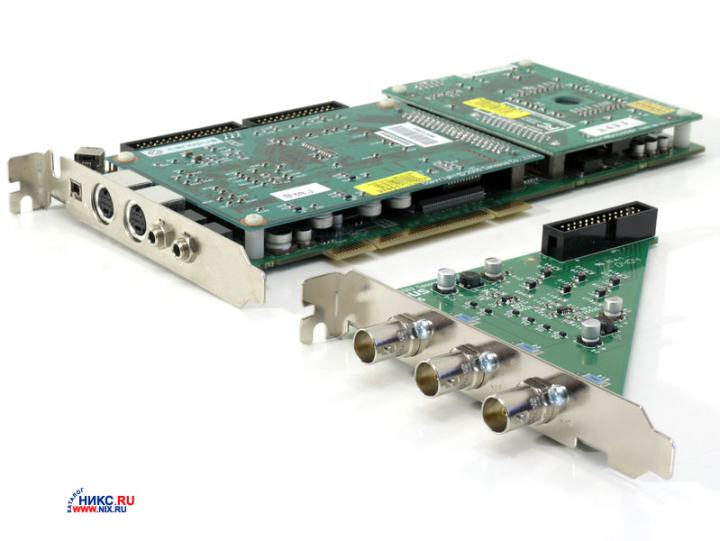Drivers 3ware
VMware
Use smartctl Check Hard Disk Behind 3Ware RAID Card; Conclusion. You learned about finding hard disk drive infromation on Linux. To get more information about your hard disk, refer to our other articles and tutorials: Howto find out or Learn harddisk size in Linux or UNIX; How to: Linux check IDE / SATA hard disk transfer speed. 網路上看到的win10pe版本都不支援.net framework因為我想放入自己寫的工具程式,找了很多網路上的win10pe製作並沒有一個完整的步驟,花了3個月的時間,終於成功了,功能不盡. A device driver is a special kind of software program that controls a specific hardware device attached to a computer. Device drivers are essential for a computer to work properly. This document contains the hardware compatibility notes for FreeBSD 11.3-RELEASE. It lists the hardware platforms supported by FreeBSD, as well as the various types of hardware devices (storage controllers, network interfaces, and so on), along with known working instances of these devices. A device driver is a special kind of software program that controls a specific hardware device attached to a computer. Device drivers are essential for a computer to work properly.
Today, more and more workloads are running in virtual machines (VMs), including workloads that require significantly more IO in the guest operating system. In a VM on VMware vSphere, all virtual disks (VMDKs) are attached to the LSI Logical SAS SCSI Adapter in the default configuration. This adapter is recognized by all operating systems without installing additional drivers, but does not always provide the best performance, especially when an SSD RAID or NVMe Storage is used. In this article we have compared the virtual storage controllers LSI Logical SAS, VMware Paravirtual and the NVMe Controller.
- 3Performance Comparison
Controller models
The standard controller in almost every VM is the LSI Logical SAS SCSI controller. This controller is recognized and supported by every guest operating system without additional drivers. It is suitable for almost any workload that does not have large I/O requirements. It is also necessary for the configuration of Microsoft Server Cluster Service (MSCS).
Starting with ESXi 4.0 and virtual hardware version 7, the VMware Paravirtual controller is available. This controller was developed for high performance storage systems, because it can handle much higher I/O and reduces the CPU load. In order for the controller to be used by the guest operating system, the VMware Tools must be installed.
Starting with ESXi 6.5 and virtual hardware version 13, an NVMe controller can also be added to the VM. This controller further optimizes the performance of SSD RAIDs, NVMe and PMEM storage. This Controller is the default Controller for Windows VMs in vSphere 7.0.
The choice of the right controller depends on the applications within the VM. For example, if it is an office VM, relatively little performance is required and the standard LSI Logical SAS SCSI controller can be used. If more storage performance is required within the VM and the storage system behind it also offers more performance, the VMware Paravirtual Controller is usually more suitable. For absolute high end performance when using an SSD RAID, NVMe or PMEM storage and very high performance requirements within the VM, the NVMe controller is the best choice.
Performance test
We have conducted various performance tests for different scenarios. The test scenarios are only examples, the individual values should be adjusted individually to the own workload to achieve realistic results. Details of the test system used:
Hardware / Software:
- Supermicro Mainboard X11DPi-NT
- 2x Intel Xeon Gold 5222 (3.80GHz, 4-Core, 16.5MB)
- 256GB ECC Registered (RDIMM) DDR4 2666 RAM 4 Rank
- 3.2 TB Samsung SSD NVMe PCI-E 3.0 (PM1725b)
- ESXi 6.7.0 Update 2 (Build 13981272)
Test VM
- Windows 10 Pro (18362)
- 2 CPU sockets
- 8 vCPUs
- 8GB RAM
- VMware Paravirtual
- LSI Logical SAS
- NVMe Controller
- Thick-Provisioned eager-zeroed VMDK

LSI Logical SAS
VMware Paravirtual
NVMe Controller
Performance Comparison
Database Server

| Database Server (8K Random; 70% Read; 8 Threads; 16 Outstanding IO) | |||||||
| IOPS | MByte/s | Latency (ms) | CPU (%) | ||||
|---|---|---|---|---|---|---|---|
| LSI Logical SAS | 78210.16 | 611.02 | 1.633 | 24.81 | |||
| VMware Paravirtual | 153723.45 | 1200.96 | 0,832 | 31.27 | |||
| NVMe Controller | 203612.54 | 1590.72 | 0,628 | 48.03 | |||
E-Mail-Server

| E-Mail-Server (4K Random; 60% Read; 8 Threads; 16 Outstanding IO) | |||||||
| IOPS | MByte/s | Latency (ms) | CPU (%) | ||||
|---|---|---|---|---|---|---|---|
| LSI Logical SAS | 83403.47 | 325,79 | 1.506 | 23.52 | |||
| VMware Paravirtual | 157624.97 | 615.72 | 0,811 | 31.46 | |||
| NVMe Controller | 236622.59 | 924.31 | 0,540 | 52.11 | |||
File-Server
| File-Server (64K Sequential; 90% Read; 8 Threads; 16 Outstanding IO) | |||||||
| IOPS | MByte/s | Latency (ms) | CPU (%) | ||||
|---|---|---|---|---|---|---|---|
| LSI Logical SAS | 44739.43 | 2796.21 | 2.860 | 12.29 | |||
| VMware Paravirtual | 53717.26 | 3357.33 | 2.382 | 16.87 | |||
| NVMe Controller | 48929.05 | 3058.07 | 2.615 | 14.14 | |||
Streaming-Server
| Streaming Server (5120K Random; 80% Read; 8 Threads; 16 Outstanding IO) | |||||||
| IOPS | MByte/s | Latency (ms) | CPU (%) | ||||
|---|---|---|---|---|---|---|---|
| LSI Logical SAS | 458.16 | 2290.81 | 279.607 | 2.18 | |||
| VMware Paravirtual | 504.22 | 2521.10 | 253.949 | 12.26 | |||
| NVMe Controller | 505.14 | 2525.68 | 253.659 | 1.56 | |||
VDI-Workload
| VDI-Workload (4K Random; 20% Read; 8 Threads; 8 Outstanding IO) | |||||||
| IOPS | MByte/s | Latency (ms) | CPU (%) | ||||
|---|---|---|---|---|---|---|---|
| LSI Logical SAS | 140155.89 | 547.48 | 0,456 | 35.69 | |||
| VMware Paravirtual | 163073.26 | 637.00 | 0,392 | 37,98 | |||
| NVMe Controller | 203464.89 | 794.78 | 0.314 | 49.55 | |||
Author: Sebastian Köbke

Drivers 3ware Jobs
